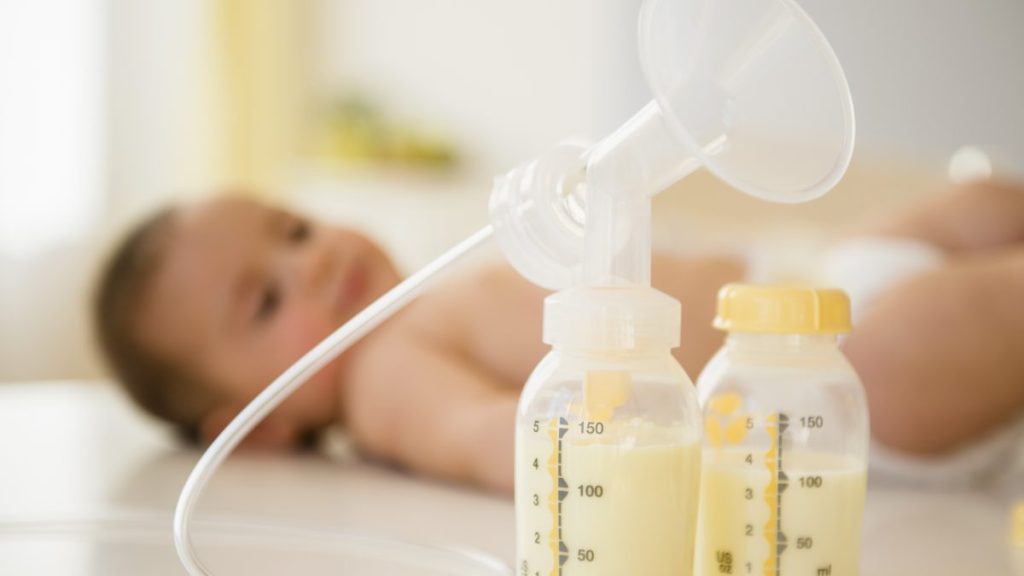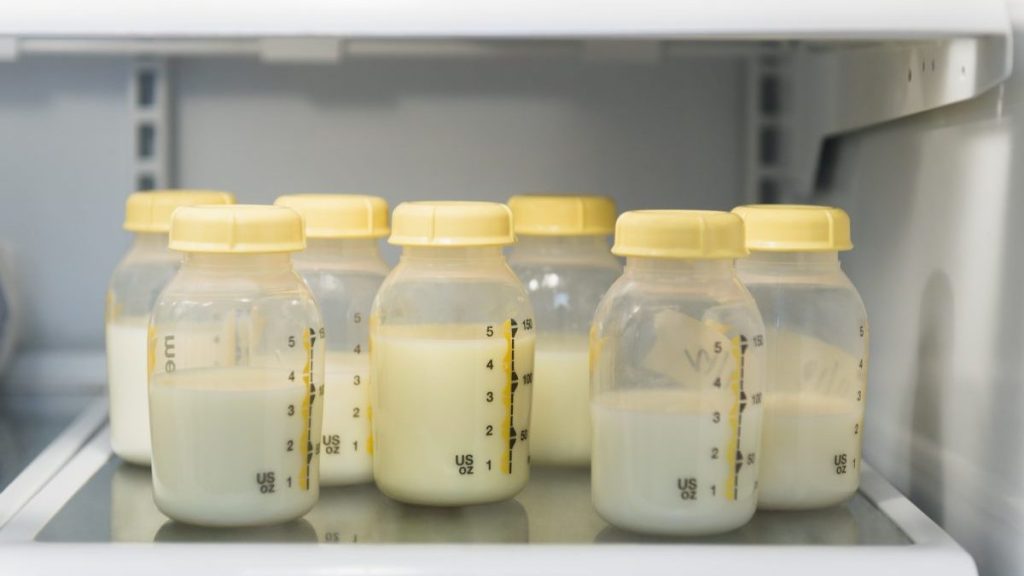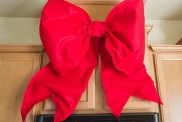Many new moms are eager to store their breast milk for their little ones. It provides newborns with many essential nutrients for their growth. Moreover, they are a better option than formula milk. However, when not stored safely, all the hours spent pumping it will go down the drain. That is why refrigerating breast milk properly is necessary. When stored correctly, your newborn can have breast milk worry-free at any time of the day.
Clean your hands and pump
Never pump milk with dirty hands. You might end up contaminating the milk. Hence, always clean your pump and hands with soap to ensure the milk is safe to consume. You can even sterilize the pump for extra safety measures.
Make the necessary preparations for refrigerating breast milk
Before storing the milk in the fridge or freezer, ensure you have all the necessary supplies to make the process easier. You need to have essentials like screw caps, hard plastic container (chemical bisphenol A or BPA-free) or food-grade glass bottles with tight lids, pre-sterilized breast milk storage bags, markers, labels, and empty fridge or freezer space to store the liquid gold.
Never store milk in disposable bottle liners or plastic bags designed for general household use. Start refrigerating the breast milk only when you have the complete supply to ensure zero contamination and safe storage.
Know the right way to store breast milk and where exactly to keep it

A newborn baby might drink less milk in one sitting than a six-month-old. So, store the breast milk in small batches of 2 to 4 ounces (depending on their age) to avoid wastage. Also, label the bottle or bags to indicate when you have expressed the milk. If your baby is still hungry, you can heat more milk without wasting much with this trick.
You can also mix freshly expressed breast milk with older, refrigerated, or frozen milk. However, thoroughly cool down the newly expressed milk before doing so to avoid bacterial growth in the colder milk you’re trying to store.
Never refreeze thawed milk, as it can lead to contamination. Also, it is best to store the containers or packets in the back of the refrigerator or freezer, where the temperature is the coolest. Never store them in the fridge door, as the temperature fluctuates whenever it’s opened. If you don’t have access to a refrigerator or freezer, temporarily store the milk in an insulated cooler with ice packs.
Know the duration for refrigerating and using breast milk

You can store breast milk for up to four days in a standard refrigerator and 3-4 months inside a standard refrigerator freezer. You can easily store the milk for 6-12 months with a separate deep freezer. If you are traveling, store the milk in an insulated cooler bag with ice packs for up to 24 hours.
Remember, once your milk is at room temperature, use it as early as possible. The amount of time you can keep breast milk out depends on how warm your environment is, regardless of whether or not the milk is freshly expressed.
If the breast milk has been freshly expressed and is at room temperature (77 degrees Fahrenheit), it should be used within four hours. If it has been refrigerated or frozen and thawed, use it within two hours. Never keep milk at temperatures above 77 degrees Fahrenheit due to the risk of bacterial growth.
Also, do not microwave or put the breast milk on the stovetop to thaw or warm it. Heating milk at higher temperatures can destroy essential proteins and vitamins in the milk. To thaw the breast milk, remove it from the freezer and place it in the refrigerator overnight to defreeze. Then, bring it out and let it reach room temperature.
If you want to use it immediately, hold the frozen milk under warm water for a few minutes. Alternatively, you can heat water in a pan, let it sit on the counter for a minute or two, and then dip the bag or bottle in the pan for a few minutes. However, the water should not come in contact with the seal of the bag or cover the bag/bottle completely, as this might lead to contamination. You can also use a bottle warmer.
It is natural for the cream and milk to separate while freezing. So, once thawed and warmed, simply mix them. However, if the milk looks cloudy while warming, discard it immediately, as it’s no longer good for use due to leakage. Always check the temperature by pouring a few drops of milk on the back of your hand. The breast milk should be warm and not hot for your baby’s consumption.
So, mommies, remember these important pointers while refrigerating breast milk for your bundle of joy. If you have any questions, immediately consult your doctor, healthcare provider, pediatrician, or lactation consultant to learn more about refrigerating and using breast milk.








